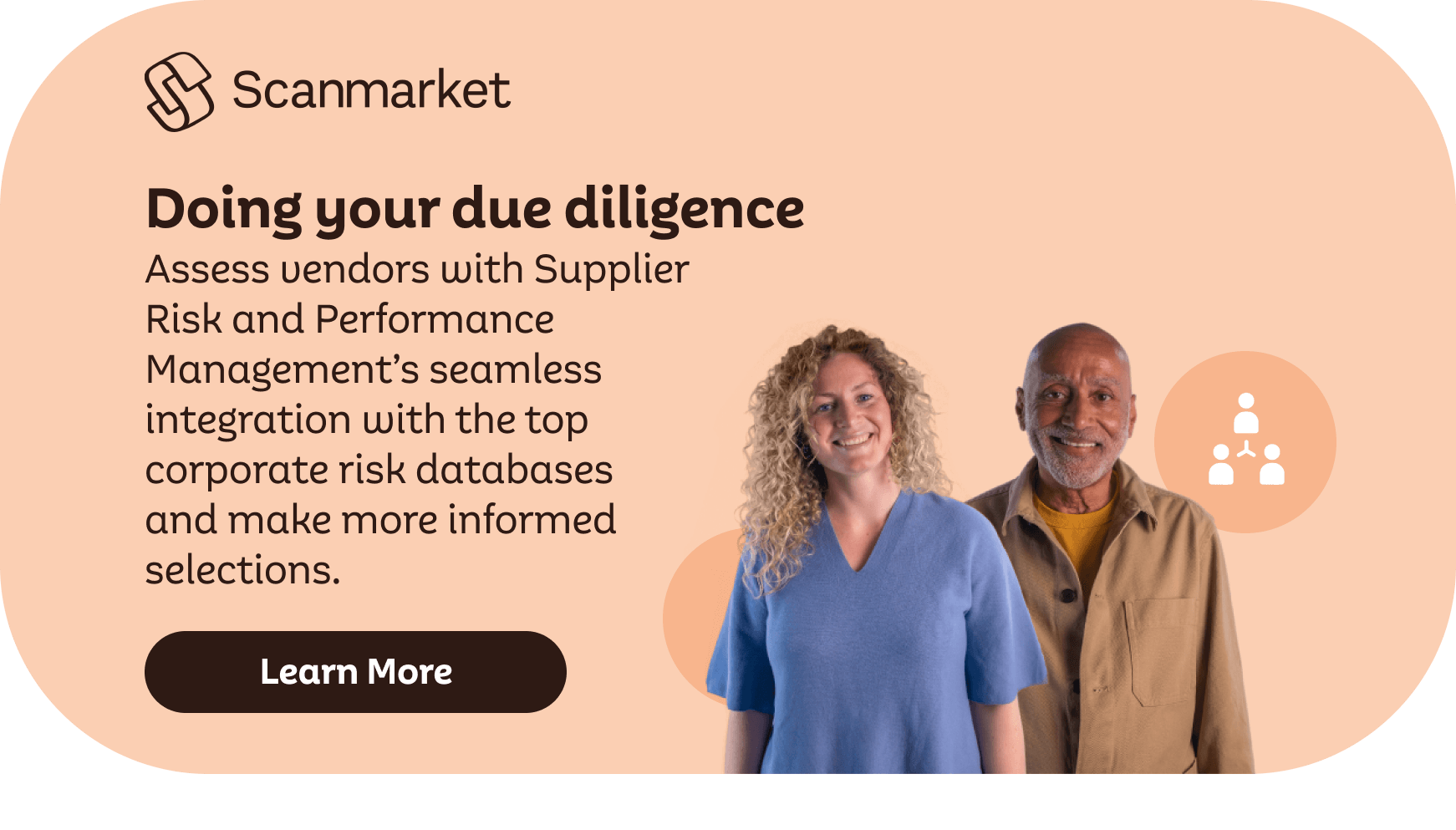Managing third parties and extended enterprise will never be without risk. Any business proposition or relationship comes with inherent risk and as businesses become increasingly reliant on third party networks, there is growing pressure on businesses and organizations to correctly identify and manage third-party risk.
What is a third part risk management program?
A third-party risk management (TPRM) program is a framework of processes and controls to help identify, mitigate, and manage the risks posed by any relationship with a third party. These can include reputational, financial, security and organizational risk, as well as compliance with all legal and regulatory requirements.
Why does your business need to create a TPRM program?
Every business that has a multitude of third party relationships and contracts should think about implementing a TPRM program. Having a solid framework in place can allow for the management of risk from due diligence through to renewing or ending a contract. By having robust processes in place, your business is more likely to be able to assess and manage risk and correctly gauge the level of risk appetite your business is open to. This helps your overall business strategy moving forward and can allow for scalability and business growth without an adverse effect on your risk management.
Best practices for a TPRM program?
Many businesses or organizations will manually manage their risk using a basic framework and set of processes, but for businesses to successfully strengthen and evolve their TPRM, there needs to be a series of risk management best practices to get the most value out of your TPRM program and to accurately assess, monitor and manage any risk that may have a negative outcome for your business. When creating your TPRM program, bear in mind the following best practices:
-
Due Diligence
-
Due diligence is a key part of determining risk. To get the most accurate assessment of a third party, due diligence can often be supported by using external data sources. These sources need to be relevant to specific elements of the industry a business is in. Different countries and contracting for specific products and services for example, will create different risks and therefore different risk profiles. By using the correct data sources, a business can reduce the overall cost of the risk assessment stage.
-
Compare the Data
-
Once a business has the required information from due diligence to make an informed risk assessment, there should be an analysis process or framework in place to compare the data against the available information sources. You may also have to request and manage any extra information from the third party that you think may be pertinent when researching and comparing against any data sources for risk. This should help determine if or where in the chain, businesses are exposed by any relationship with a third-party and ensures that such a relationship is both best value and that it will not cause unnecessary risk and disruption to the running of a business.
-
Risk Profiles
-
To prepare for a successful third-party relationship, the compliance or procurement team in a business need to create risk profiles that rate risk for performance, quality, financials, data exposure, service, and security and the drivers behind them. This is the best practice to ensure any future arrangements do not fall foul of non-compliance, poor service, goods, or litigation. It is also important to note that due to current increasing regulations and standards, especially regarding data protection, an evaluation of the increased risk of the expansion of your business is important and should be included in any risk profile.
-
Categorization
-
Categorize your third party risk profiles based on the level of risk, your businesses risk appetite and the type of relationship required. This allows for better management of the costs and time involved for research into potential higher-risk companies, which will be far more than third party options with a lower risk profile.
-
Contract Creation and Ownership
-
Once a business has chosen the right third party to form a relationship with, it is imperative that any contracts are carefully written with consideration of any risks that have been identified during the risk profiling or assessment. You then need to establish or assign an owner of the contract and future risk management. This may be a team, or a contract manager with specific expertise in risk. If you are a large business, creating a management hierarchy in regards to risk is a good practice, so there are various stages of governance. This ensures no one person or team is making high risk decisions without any oversight.
-
Centralized Data
-
Centralized data provides the platform on which good risk management and the associated administration and governance can be based. Data storage and version control can often be a pain point for businesses, especially with increasing regulations around data security, so having a centralized document repository where all information and documents associated with your third parties can be stored, can help businesses protect themselves by having complete control over all their information. Having a location to compile all the information gained from data sources means that creating risk profiles for vendors or third parties becomes quicker and more efficient, and any decisions made on future relationships are supported by correct data.
-
Regular Monitoring
-
Monitoring your third parties and their contracts is an essential process within a TPRM system and an example of a best practice. Continuous monitoring of risk can prevent any gaps or delays in the extended enterprise of a business. Regular monitoring of the overall lifecycle of third-party contract and the risks identified during the assessment process can highlight any non-compliance with regulations that may have negative and costly consequences and help reduce the impact non-compliance has on the business. It is also important that any other risks, or risk areas are continually identified so that any issues can be dealt with quickly to avoid any costly damage to your business or your business reputation.
-
Implement a Digital Solution
-
The automation of TPRM software can streamline key elements and processes and provide the framework to simplify TPRM and protect businesses with fact-based decision making.
To be successful in your management of third party risk and manage your risk appetite against the value of a third party relationship, there needs to be a robust framework in place for assessing and monitoring risk. As pressure grows on large, enterprise level companies to keep up with regulatory compliance and the handling and transmission of what can sometimes be sensitive data, many businesses are turning to technology to provide a solution.
Risk management software provides the program and framework to identify, mitigate and manage the risks associated with third party contracts. Rather than spending a lot of time and resources on inefficient ways of dealing with the processes associated with management and third-party information, you can streamline all the best practices we have detailed above into one simple, automated system.













